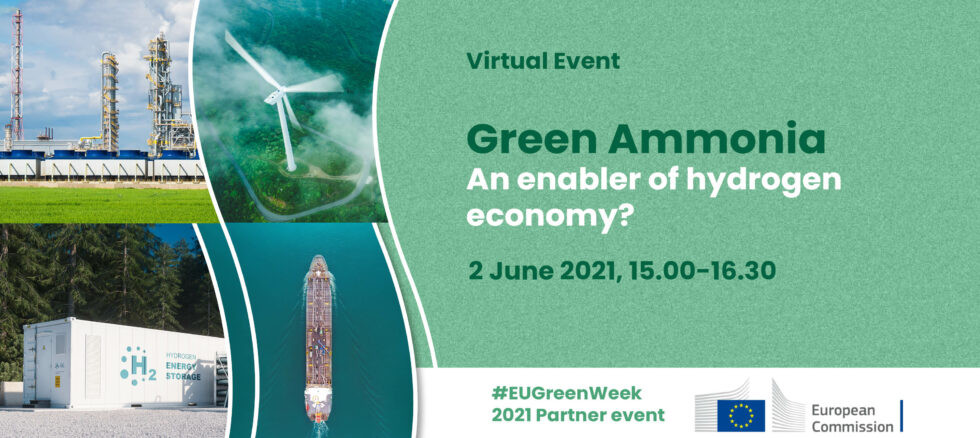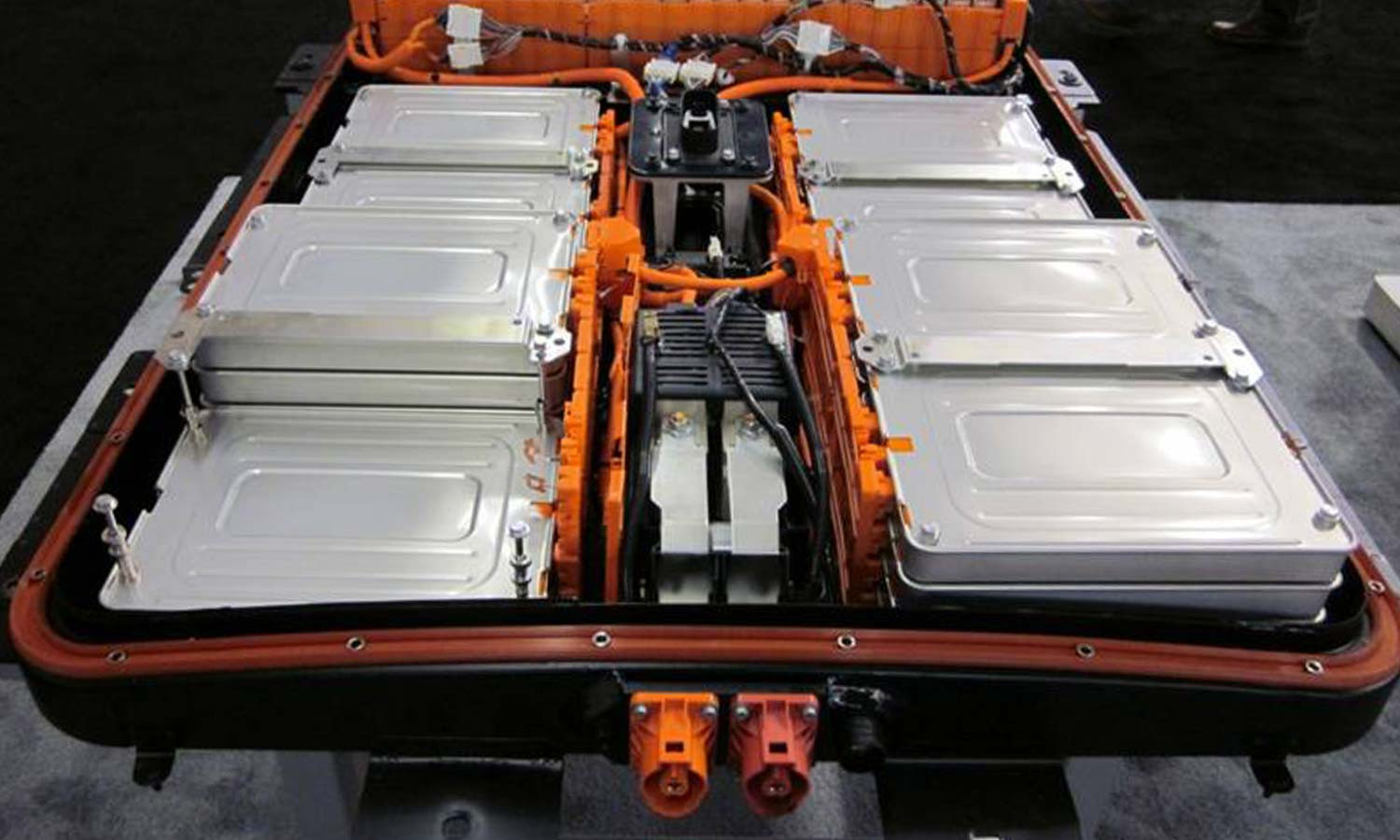A Manitoba farmer is hopeful that a new technology being tested on his land could change the face of agriculture not only in his province but across Canada. The technology involves making ammonia in a unit called a containerized green ammonia production system, which creates carbon-free ammonia without using fossil fuels. This innovation holds the potential to revolutionize the agricultural sector and address the environmental concerns associated with traditional ammonia production.
One of the main ingredients required for farming is anhydrous ammonia, which is used for nitrogen fertilizer, says Curtis Hiebert, who is the operator of R & L Acres and has been farming since he was 12. Nitrogen is a vital nutrient for plant growth, and ammonia is the primary source of nitrogen in most fertilizers. However, the traditional process of making ammonia involves removing hydrogen from fossil fuels such as crude oil, methane, and coal, which has significant environmental impacts. It is an energy-intensive process that produces around 1.8 percent of global carbon dioxide emissions.
The new process for making green ammonia is a significant departure from the traditional method. It involves making ammonia in a containerized green ammonia production system, and the end result is carbon-free ammonia created without using fossil fuels. The system is set up on-site at a farm, which gives ag producers like Hiebert more control over their ammonia supply. This decentralization of ammonia production is a major shift in the industry and could have significant benefits for farmers, the environment, and the economy.
The Green Ammonia Revolution: A Paradigm Shift in Agriculture
Green ammonia is made by using electricity to remove hydrogen from water. This hydrogen is then combined with nitrogen from the air to make ammonia. The most important ingredient to green ammonia is the fact that you got to start with a carbon-free, sustainable form of electricity. One of the reasons this technology is being developed in Manitoba is specifically because it's a green grid—it's low-cost electricity, since the province relies heavily on hydroelectricity.
This new approach to ammonia production represents a significant shift away from traditional methods that rely on fossil fuels. It is a paradigm shift in the way we think about agriculture and how we produce food. This move toward renewable energy sources and sustainable practices is essential for addressing climate change and creating a more sustainable future.
The Benefits of Green Ammonia
The benefits of green ammonia are numerous and far-reaching. They include:
- Reduced carbon emissions: Green ammonia production eliminates the need for fossil fuels, significantly reducing greenhouse gas emissions. This is crucial for mitigating climate change and achieving global sustainability goals.
- Decentralized production: Green ammonia production can be done on-site at farms, giving farmers more control over their ammonia supply. This reduces transportation costs and emissions associated with transporting ammonia from centralized production facilities.
- Price stability: Decentralized production can also help stabilize the price of ammonia, which is currently subject to fluctuations in the price of fossil fuels.
- Improved soil health: Green ammonia production can help improve soil health by reducing the amount of nitrogen that is lost to the atmosphere. This is important for maintaining soil fertility and productivity, which are essential for sustainable agriculture.
- Increased food security: Green ammonia can help increase food security by providing farmers with a reliable and affordable source of nitrogen fertilizer. This is particularly important in developing countries where food insecurity is a major challenge.
The Future of Green Ammonia
Green ammonia is a game-changer for agriculture, and its potential is only just beginning to be realized. The adoption of green ammonia production is expected to grow rapidly in the coming years, driven by factors such as:
- Increasing demand for sustainable solutions: Consumers are increasingly demanding sustainable products, and the agricultural industry is under pressure to reduce its environmental impact.
- Government incentives: Governments around the world are offering incentives to encourage the adoption of green ammonia production. This includes tax breaks, subsidies, and regulatory changes that make green ammonia more competitive with traditional ammonia production.
- Technological advancements: Advances in renewable energy technologies are making green ammonia production more efficient and cost-effective.
- Growing interest in clean energy: The world is moving toward a clean energy future, and green ammonia is playing a key role in this transition.
The green ammonia market is poised for significant growth in the coming years. The industry is expected to witness explosive growth, driven by increasing demand for sustainable energy solutions and environmental concerns.
The Global Green Ammonia Market: A Look at the Numbers
The global green ammonia market is expected to grow at a CAGR of 68% from 2023 to 2033. This growth will be driven by factors such as the increasing demand for sustainable agricultural solutions, the growing focus on clean energy, and the use of green ammonia as a hydrogen carrier.
The green ammonia market is expected to witness significant regional variation in its growth, driven by differences in renewable energy capacity, government policies, and industrial demand. Europe is poised to lead the green ammonia market due to its aggressive decarbonization targets and strong renewable energy infrastructure. North America is also emerging as a key player in the green ammonia market, driven by the U.S. government's commitment to clean energy and the reduction of greenhouse gas emissions. The Asia-Pacific region is anticipated to witness rapid growth in the green ammonia market, driven by increasing industrialization and energy demand. The Middle East, with its abundant solar resources, has the potential to become a major hub for green ammonia production.
Challenges Faced by the Green Ammonia Market
Despite its immense potential, the green ammonia market faces several challenges that need to be addressed for it to reach its full potential. These challenges include:
- High initial costs: The production of green ammonia requires significant capital investment, particularly in renewable energy infrastructure.
- Infrastructure limitations: The existing ammonia production and distribution infrastructure is designed for conventional ammonia. Transitioning to green ammonia will require substantial modifications to accommodate the unique properties of ammonia produced using renewable energy.
- Technological bottlenecks: While renewable energy technologies have made significant strides, the efficiency and scalability of green ammonia production processes still face challenges.
- Regulatory hurdles: Although governments are promoting decarbonization, the regulatory landscape for green ammonia is still evolving.
Conclusion: A Brighter Future for Agriculture
Green ammonia is a revolutionary technology that has the potential to transform agriculture and help us create a more sustainable future. While there are challenges to overcome, the benefits of green ammonia are clear. As the world moves toward a cleaner, more sustainable future, green ammonia is poised to play a critical role in reducing our reliance on fossil fuels and mitigating climate change. It is a promising solution that can help us feed the world while protecting our planet.


















